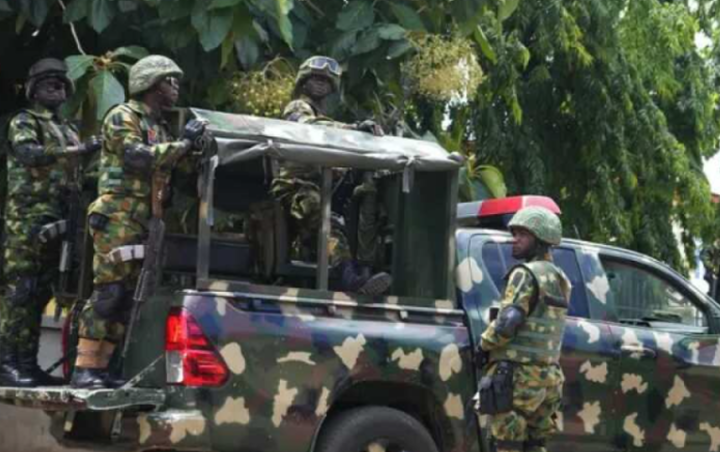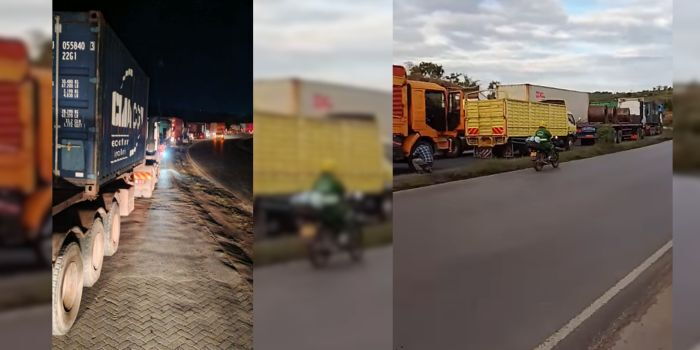Philadelphia, Austin, Seattle Set to Join with San Francisco, New York, Miami, Minneapolis To Become Best Places to Travel By Cycle and Today is World Bicycle Day, What You Need to Know - Travel And Tour World
Tuesday, June 3, 2025

Philadelphia, Austin, and Seattle are finally joining the ride. San Francisco, New York, Miami, and Minneapolis already made headlines. But now, these new cities are racing ahead. And today? It’s not just any day. It’s World Bicycle Day—the perfect moment to reveal what’s really going on.
Cycle tourism is exploding. Cities are competing to become the best places to travel by cycle. But why now? And what exactly are Philadelphia, Austin, and Seattle doing to match the pace of cycling pioneers like San Francisco, New York, and Miami?
Minneapolis set the bar. Miami followed with flair. New York stunned with bold infrastructure. San Francisco redefined oceanfront travel. And now, new contenders are charging forward.
Something big is happening. The way we explore cities is changing—fast.
So what does this mean for travelers, tourism, and today’s celebration of World Bicycle Day? Buckle up—or better yet, gear up. The full story is just a pedal away.
The American travel landscape is changing fast—and it’s being reshaped by a surge in urban bike tourism. From New York to San Francisco, U.S. cities are investing in cycling infrastructure that isn’t just about commuting. It’s about discovery, sustainability, and unlocking the untapped power of pedal-powered tourism.
Millions of dollars are being poured into new greenways, elevated bike paths, and car-free corridors. These developments aren’t just altering city planning. They’re rewriting how visitors interact with America’s urban heartlands.
This isn’t a trend. It’s a revolution. One that has the power to drive local economies, reduce carbon emissions, and reintroduce the joy of slow travel to a fast-paced world.
The old playbook of exploring cities by car or cab is fading. Travelers in 2025 crave immersive, local-first experiences. They want to see a place through its people, neighborhoods, and open-air moments. Bicycles offer just that.
What’s fueling the shift? Safety, for one. Comfort, for another. And the rising costs of fuel, rental cars, and rideshare services are only accelerating the change.
At the same time, cities are responding. Not with vague sustainability promises, but with concrete, high-impact infrastructure designed to invite both residents and tourists into a new way of movement.
On the edge of the Pacific, San Francisco has converted a two-mile stretch of its Great Highway into a car-free paradise known as . This project has turned a major thoroughfare into a protected space for cyclists and pedestrians—with sweeping views of Ocean Beach. The result? An instant magnet for locals and travelers alike, seeking fresh air and a sense of calm within a booming tech city.
In a stunning turn of urban accessibility, New York has launched a car-free cycling path over the Robert F. Kennedy Bridge. Now, cyclists can ride seamlessly from Manhattan through the Bronx to Randall’s Island—no interruptions, no traffic stress. This development is more than infrastructure—it’s a bold step toward a cyclist-centric New York City.
Miami’s is reinventing the Metrorail’s shadow into a 10-mile interactive corridor filled with cycling lanes, fitness zones, and art. Travelers flock here not just to ride—but to experience the city’s culture from street level. It’s transit meets tourism, done right.
Samatar Crossing stands as a symbol of transformation. What was once an interstate ramp is now a vibrant cycling route connecting underserved neighborhoods to downtown Minneapolis. It’s urban healing in motion—and tourists are now seeking it out for both utility and symbolism.
These projects aren’t only good for the environment—they’re creating serious revenue. Cities like Portland, Oregon, have long proven that bicycle tourism injects millions into local businesses. Now, as new routes open in unexpected places like Cleveland and Detroit, local cafés, hostels, and gear shops are experiencing a renaissance.
Meanwhile, hotel chains are quietly adapting. Marriott, Hilton, and boutique hotels in urban areas are investing in bike rental programs, cycling concierge services, and “explore-by-bike” travel packages. It’s no longer an amenity. It’s a necessity for future-facing tourism brands.
This wave isn’t spontaneous. It’s backed by decisive policy. Cities like have redesigned major corridors like 300 West to include wide, protected bike lanes. has restructured Inman Square to prioritize cycling with sidewalk-level lanes and protected intersections.
In , the Joe Louis Greenway—27.5 miles of uninterrupted trail—isn’t just about beautifying a post-industrial city. It’s a political statement, signaling that community mobility matters.
And while federal infrastructure funding has helped, it’s local governments and tourism boards pushing hardest. They’re not only building for locals—they’re marketing these paths to the world.
Social media is already buzzing. TikTok and Instagram are filled with reels of travelers riding through quiet forest loops in , urban mural trails in , and coastal stretches in .
The emotional impact is undeniable. People aren’t just taking bike rides—they’re creating moments of connection, wellness, and reflection in a world that feels increasingly digital and disconnected.
Cycling invites a different pace. You don’t rush past neighborhoods—you roll through them. You don’t just “see” a place—you feel it. And that emotional depth is translating into shares, likes, bookings, and returns.
These are more than upgrades. They’re declarations that cycling is the new core of urban exploration—and the future of domestic tourism in the U.S.
While airlines battle over routes and hotels compete with AI booking tools, a quieter, more grounded transformation is happening in U.S. tourism. It’s being powered by human legs, local investments, and a hunger for meaningful, immersive travel.
As American cities rethink how they move, they’re also rethinking how they welcome. And in 2025, the warmest welcome might just come on two wheels.













